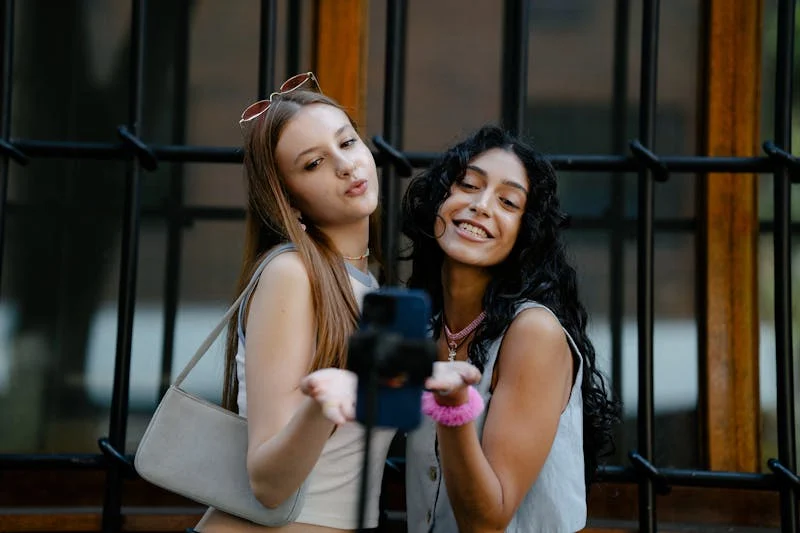Background of Influencer Marketing
The influence has spread mainly through word of mouth prior to the age of social media. This organic form of influence laid the groundwork for what would later become known as influencer marketing. A new breed of influencers has emerged with the advent of platforms such as YouTube, Instagram, and TikTok. These digital tastemakers have created content that appealed to niche communities, building loyal followings and establishing themselves as authorities in their respective areas. In contrast to traditional advertising, the content of influencers feels authentic and relatable, fostering a deeper connection between brands and consumers.
Type of Influencers
Influencers come in all shapes and sizes, from macro influencers with millions of followers to micro-influencers with smaller but highly engaged audiences. It has become clear to brands that they can be more effective in reaching different segments of their target audience by working with influencers of different sizes.
Mega Influencers
With millions of followers, mega influencers have the power to create trends, shape opinions, and drive consumer behavior with a single click as their celebrity presence. Their global influence has reached audiences by overcoming geographical restrictions. Therefore, the cost is incredibly expensive.
Macro Influencers
Macro-influencers, who have a sizable following of five hundred thousands to millions of followers, fall in between mega-influencers and micro-influencers. They are less costly compared to mega influencers, enabling marketers to reach a large audience while optimizing their marketing budget.
Mid-tier Influencers
Mid-tier influencers usually have fifty thousand to five hundred thousand followers. What sets mid-tier influencers apart is their ability to foster authentic engagement with their followers. They can interact more closely with their audience, respond to comments, answer questions and cultivate important connections by having a smaller follower base than top influencers do.
Micro Influencers
Micro influencers have built a loyal fan base usually in ten thousand to fifty thousand. Even though their reach may be lesser than macro influencers, their impact is unquestionable. According to Hype Auditor, in 2024, micro influencers represented the most crowded influencer category in Malaysia, with 52% of the total influencers. When it comes to engagement, micro influencers frequently provide higher levels than influencers with huge followings.
Nano Influencers
Nano influencers have the lowest followers ranging from one thousand to ten thousand. They have developed a loyal community based on their passions, interests and experiences. They have the ability to resonate with their mutual audiences, creating a sense of authenticity and relatability while having the highest level of engagement among the influencers.
The Presence of Influencers
The influencer marketing is experiencing meteoric growth, largely due to the credibility and authenticity that influencers bring to the table. In an era dominated by digital content and social media, consumers are flooded with advertising messages at all times. Consequently, traditional forms of advertising are becoming less effective in reaching and retaining consumers’ attention.
34% of Malaysian consumers take influencers recommendations before making purchases.
(Source: Statista)
According to a Shopee survey, micro and nano influencers are the most relatable to five out of ten Malaysian online shoppers.
Let’s take a look at one of the top cosmetic brands, Rare Beauty and how the brand implements influencer marketing strategy.
Rare Beauty collaborates with an army of influencer ambassadors, especially on TikTok and Instagram, to create dynamic content that highlights and promotes their product. Rare Beauty embraces authenticity as a core value by encouraging real connection between influencers and target audiences. Moreover, Rare Beauty strategically partners with micro influencers to amplify its brand messages and reach specific segments of target market. Rather than focusing on product promotion, Rare Beauty’s influencer marketing approach prioritizes storytelling and education. Influencers are encouraged to share personal stories and experiences on beauty, mental health, and acceptance of oneself. Through these stories, Rare Beauty seeks to empower and inspire its audience while initiating meaningful conversations. By putting its products in a bigger picture, Rare Beauty is able to develop a stronger emotional bond with its customers.
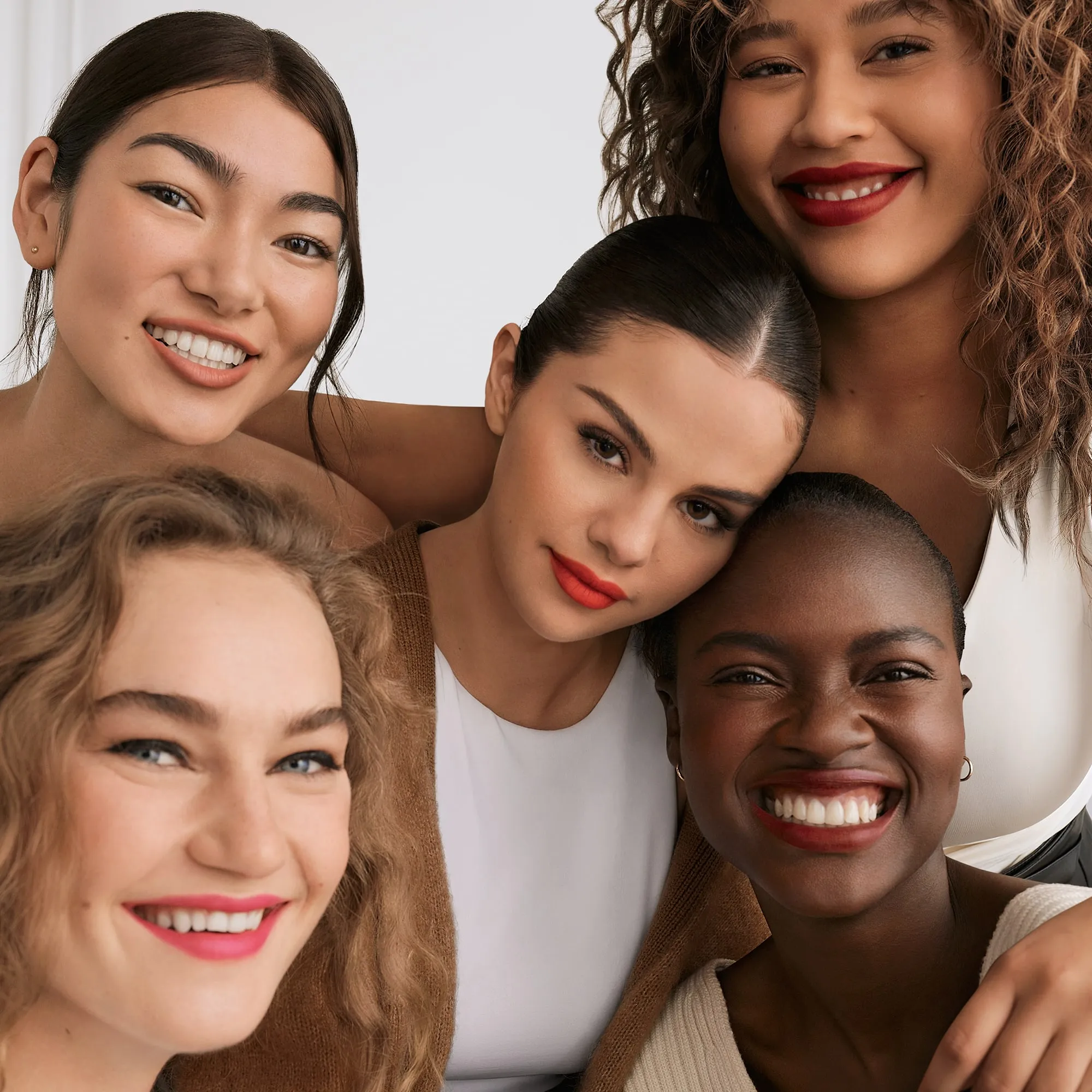
The Evolution of Influencer Marketing
The influencer marketing industry has been completely transformed by the integration of technology, which has given businesses access to cutting-edge tools and capabilities that enable them to optimize their influencer marketing campaigns and maximize their return on investment.
Artificial intelligence is changing the way brands connect with their audience. The rise of AI tools has benefited a lot, especially for brands while interpreting complex consumer patterns and behaviors. When it comes to content creation, AI-tools like Chatgpt have the ability to recommend topics based on audience interests and current trends, optimize image aesthetics, and generate captivating content. Besides that, the use of AI in analytics allows brands to obtain comprehensive insights into audience demographics, campaign efficacy, influencer performance, and engagement metrics.
What is AI Influencer
The emergence of artificial intelligence (AI) has given the concept of influencers a fresh new meaning by introducing a new dimension to social media – AI Influencers. AI influencers were first conceptualized in the early 2010s. In the past, artificial intelligence influencers were merely virtual characters found in entertainment and video games. As artificial intelligence and computer graphics advanced, it eventually evolved into the virtual influencers of today.
Creating virtual influencers involve complex interplay of technologies, such as GenAI, computer graphics, AI-powered voice synthesis technology, Augmented Reality (AR), giving them a lifelike appearance. They possess distinct personalities, styles, and attributes to interact with followers, create content and even endorse products.
In 2016, the first AI influencer was created and named Lil Miquela. Her appearance was crafted to resemble the look of a typical Instagram Influencer. With a fashionable and youthful look, she gained attention from target audience with over 2.5 million followers on Instagram. Brands from a variety of industries, such as Samsung, BMW, Calvin Klein, Prada Group started working with Lil Miquela on sponsored content, product endorsements, and advertising campaigns.
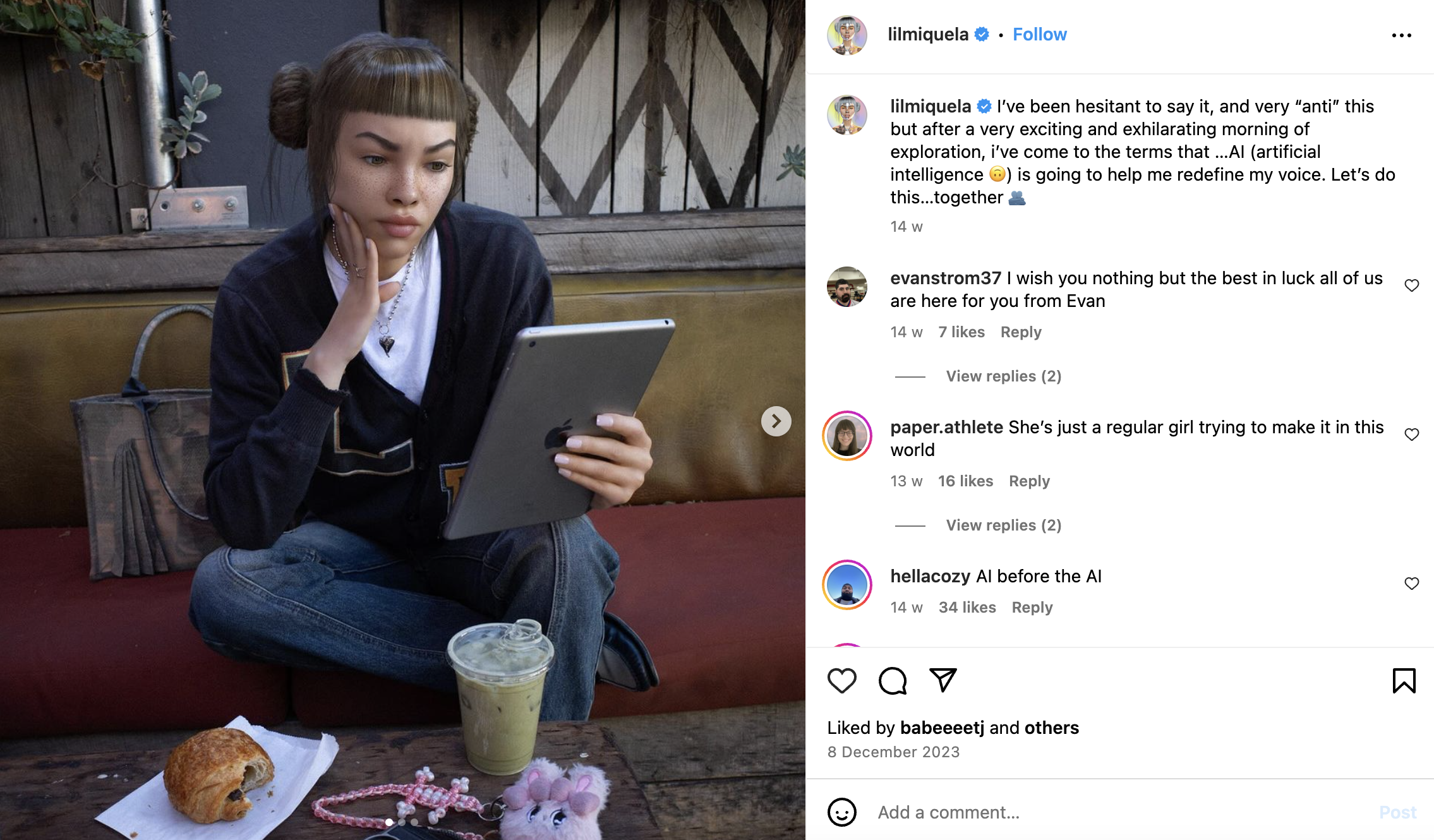
Well, Aitana Lopez, one of the famous AI influencers from Barcelona. With a hot-pink hair and sporty look, she gained over 100k followers on Instagram. Despite being a virtual influencer, some people, unaware that she is an AI influencer, even sent her private messages. Her monthly income reached up to $10,000 and get paid $1,000 for each advertising post. Brands like Victoria’s Secret and Olaplex partnered with her on product endorsement.
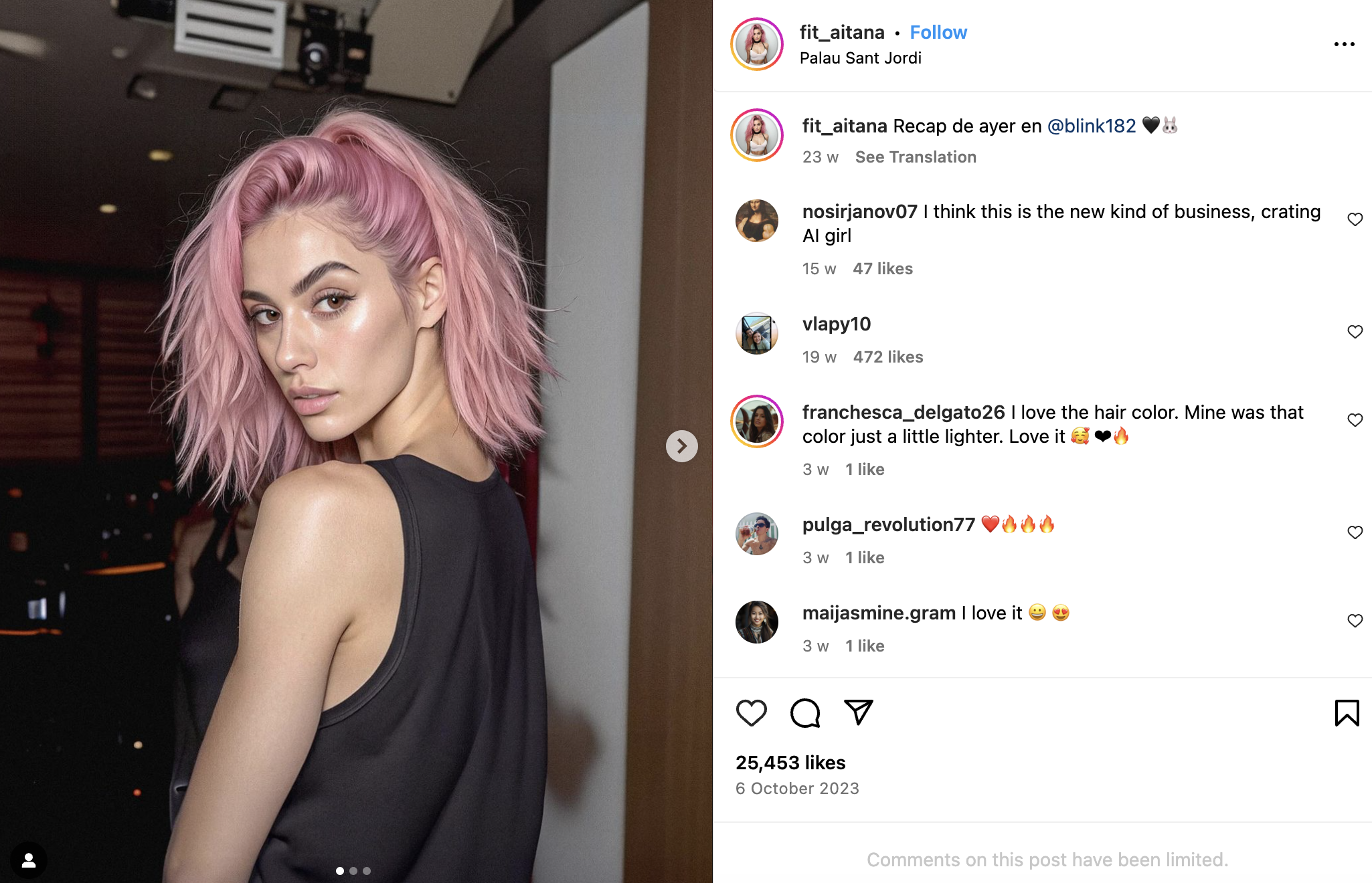
Will AI Influencers Take Over Human Influencers?
While AI influencers offer advantages for brand marketing, there are a few things to take into account when assessing whether they could eventually replace human influencers.
Scalability
Unlike AI influencers, Human influencers have restrictions such as time, energy and reach. As humans, we can’t spend 24 hours doing work without rest. Just like human influencers, their time and energy for creating content, interacting with followers, and working with brands are limited. Their reach can be limited by audience size, geographic location.
AI influencers provide scalability by maintaining a consistent presence on social media platforms 24/7. They are not affected by time constraints or personal issues. With AI algorithms, they can create content automatically and constantly interact with followers. AI influencers can reach a global audience without geographical limitations, expanding their reach and impact significantly.
Authenticity
Human influencers often have the ability to create authentic, relatable content that resonates with their audience at a personal level. In order to connect with their followers in a meaningful way, they rely on their own experiences, feelings and personalities.
For AI influencers, making real relationships with audiences may be exceedingly challenging in the absence of sincere feelings and firsthand knowledge. To emotionally connect with people through authenticity in this day and age, brands are expected to be genuine. Yet, AI influencers may struggle to replicate the genuine authenticity and relatability that human influencers provide. Audiences may question the genuineness of interactions and content if they perceive AI influencers as inauthentic or manipulative.
Ethical and Societal Considerations
Human influencers are subject to ethical considerations such as transparency, authenticity, and responsible content creation. Indeed, they may also face societal scrutiny and public opinion regarding their behavior, values, and endorsements.
The presence of AI influencers brought up the concerns about transparency and authenticity. Things could get much more complicated if deepfakes and false information become more prevalent due to the growing sophistication of AI-generated content.
Even though AI influencers have specific benefits over human influencers, it is unlikely that they are going to fully replace human influencers in the near future. AI is unable to readily imitate the distinct value proposition that human influencers provide, which is based on emotional connection and authenticity. Rather, a seamless fusion of AI innovation with human authenticity may define the future of influencer marketing, providing advertisers with fresh chances to interact with consumers in significant and lasting ways.
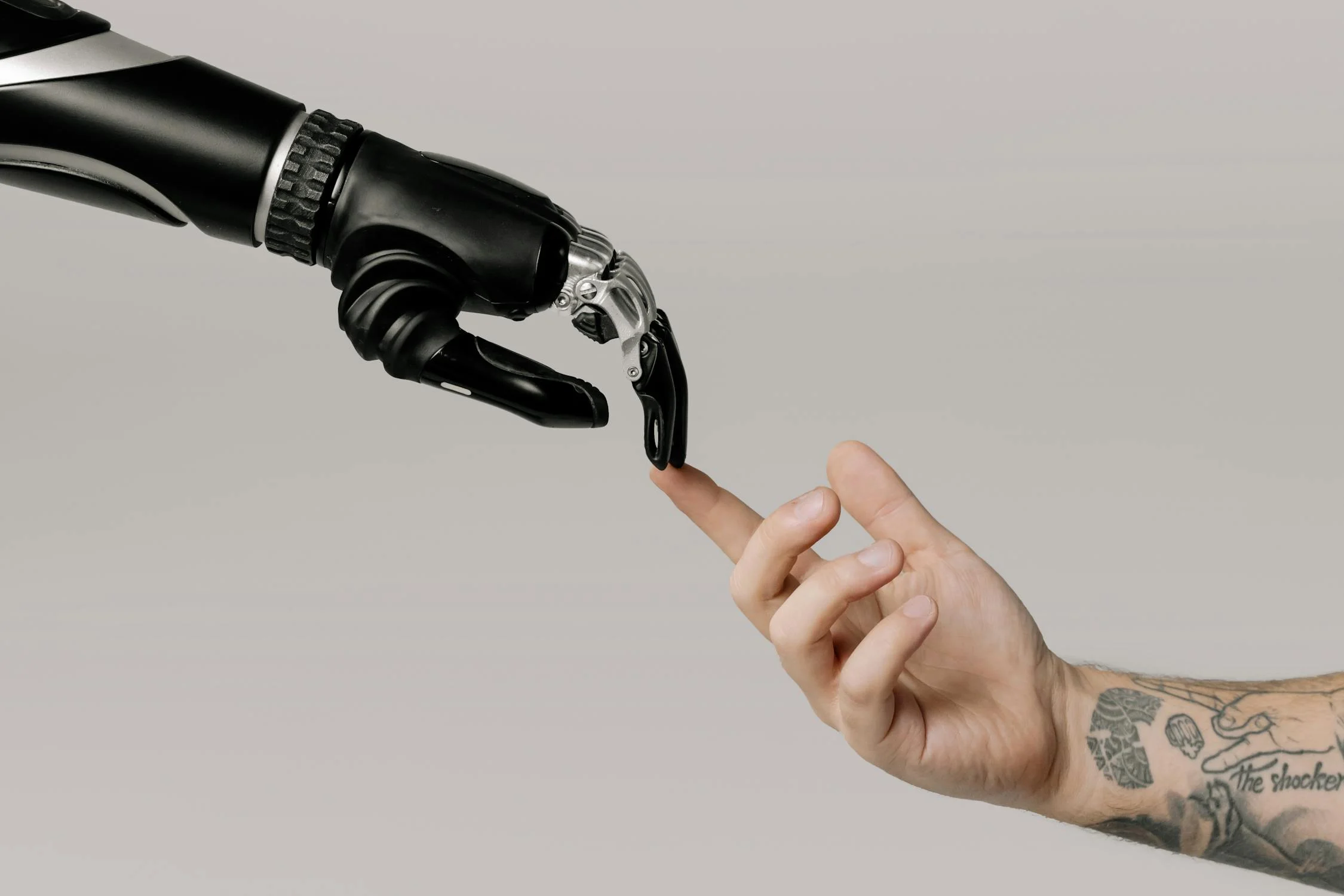
The Future of AI Influencer
The future of influencer marketing and digital engagement with advanced AI technology holds immense potential for transformation, reshaping the digital engagement.
Cross Media Integrations
Following the acceptance of AI influencers, they will become more visible on a variety of social media channels, connecting with users on sites like Instagram, TikTok, YouTube, Twitter, and more. With the help of this cross-platform strategy, AI influencers will be able to interact with a wide range of audiences from various demographics and geographical areas, maximizing their impact and reach.
Partnership with Human Influencer
Currently, the collaboration between AI influencers and human influencers is taking place, integrating AI innovation into human creativity. For example, Bella Hadid worked with Lil Miquela in Calvin Klein campaign, demonstrating the increasing acceptance of AI influencers in the fashion industry. This collaboration opens the door to the landscape of influencer marketing that is more innovative, dynamic, and diversified, which is advantageous to audiences, marketers, and creators alike.
Engagement with Audience
Engagement with audiences is poised to undergo significant transformations driven by advancements in technology and evolving consumer behaviors. As AI technology advances, we can expect AI influencers to tailor their content and interactions to individual audience preferences and behaviors.
Final Thoughts
With AI technology becoming more and more integrated into influencer marketing, there are potential and difficulties for brands and human influencers. Through responsible and transparent adoption of AI technology, brands can leverage the potential of AI influencers to produce meaningful and memorable campaigns that connect with audiences in the digital era. Ultimately, influencer marketing’s future is found in the connection between artificial intelligence (AI) innovation and human creativity, providing endless possibilities for brands to engage and authentically connect with their target audience.


